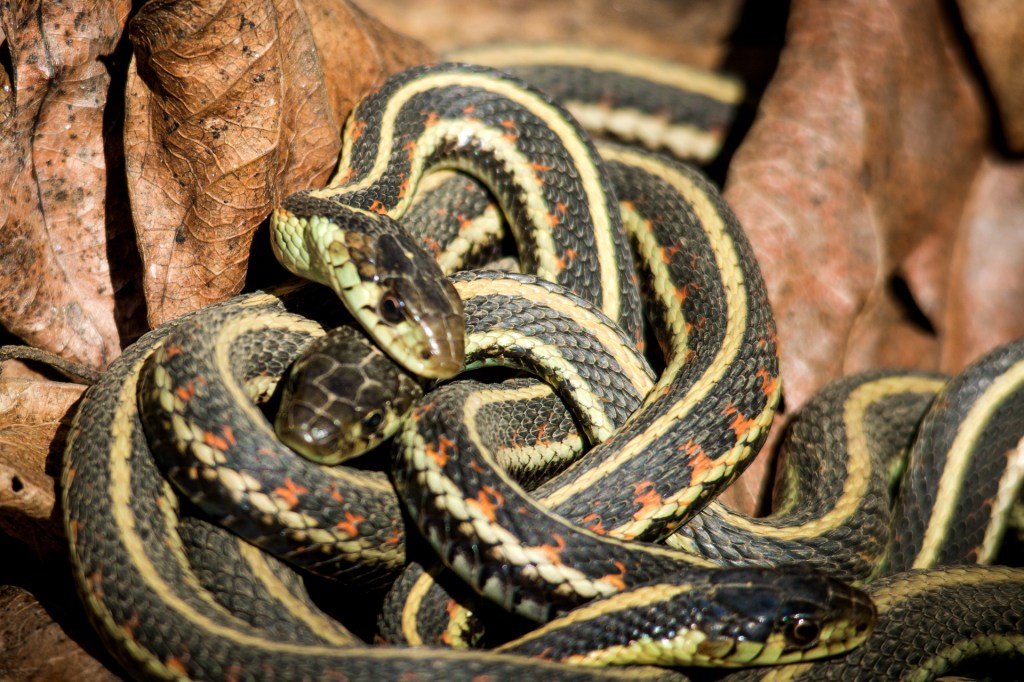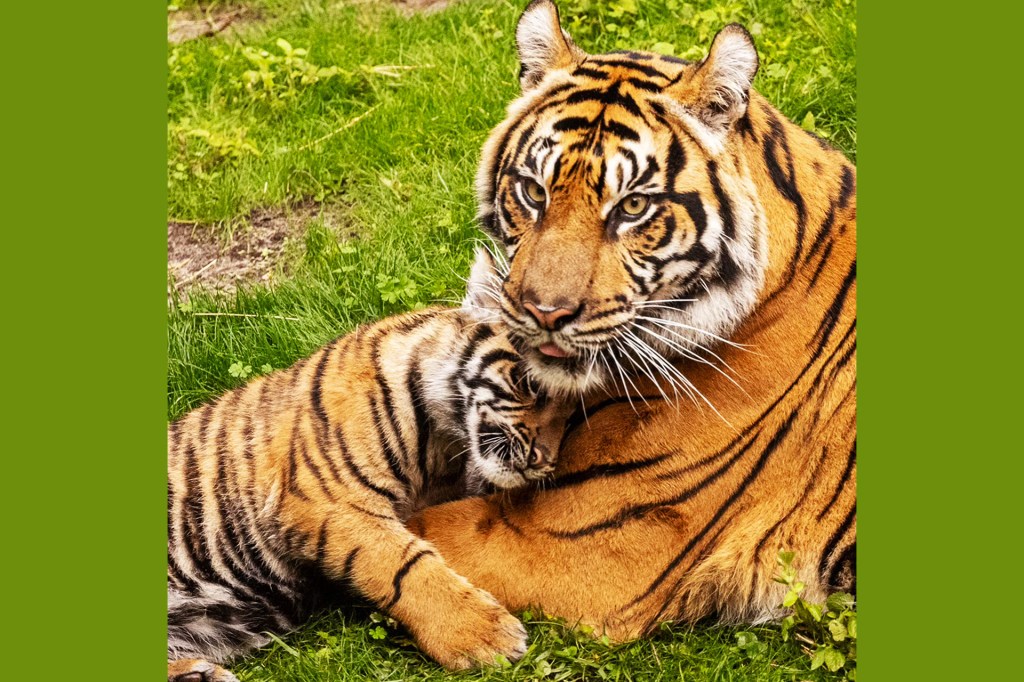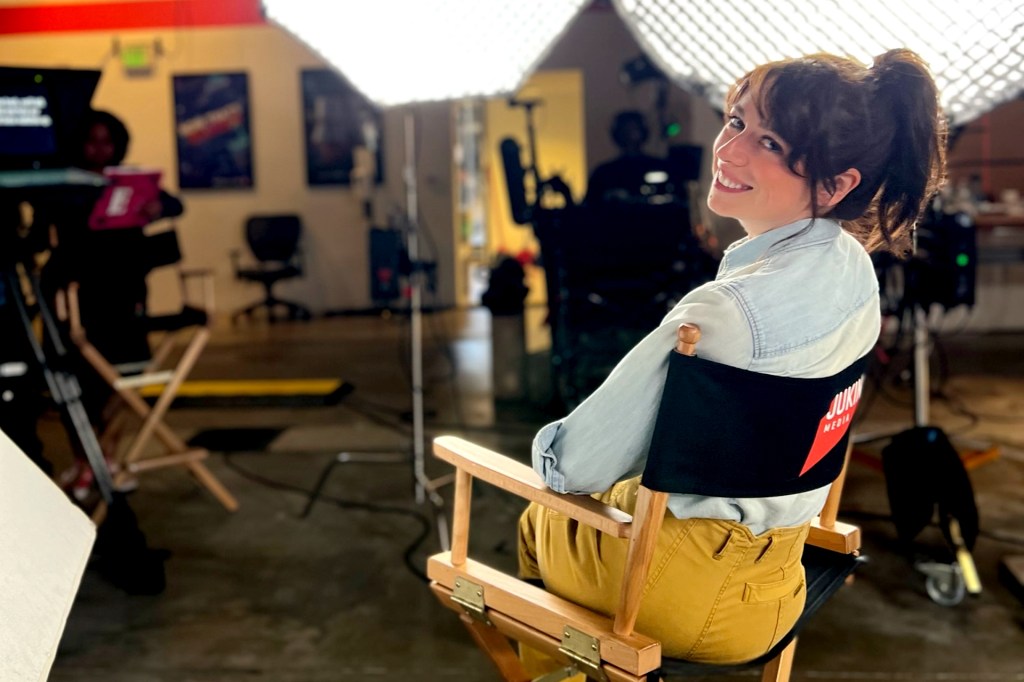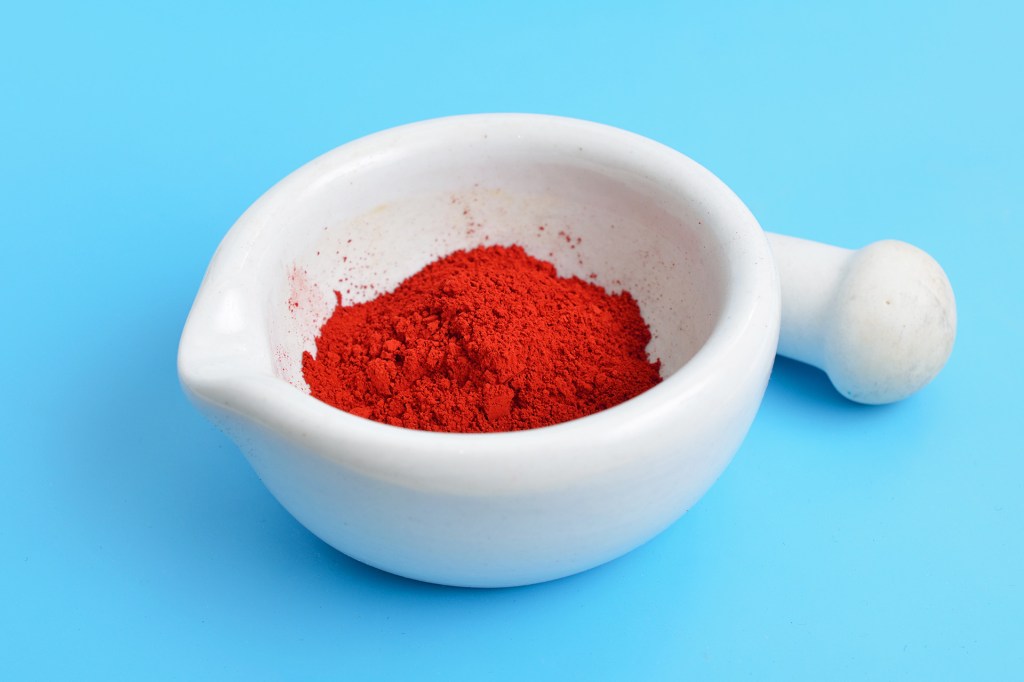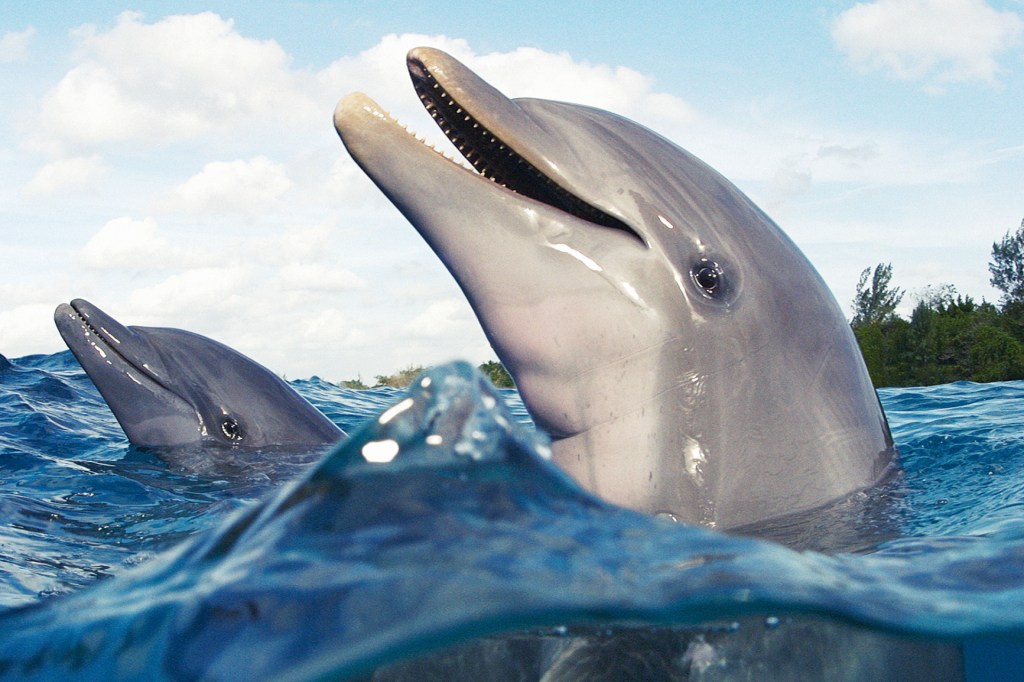
Movies, TV, and even Greek myths show dolphins as helpful, playful creatures. “The world loves a good dolphin story,” Blake Morton told TIME for Kids. He’s a scientist who studies animals. “I think one reason for that is we see a lot of ourselves mirrored in their behavior.”
Morton used scientific methods to test his theory objectively
objectively
 HUGH WHITAKER—GETTY IMAGES
done without bias; done in a way that's based on facts rather than feelings
(adverb)
She said it was freezing outside, which was objectively true because the temperature was 32°.
. The result is a new report. It confirms that humans and dolphins share personality traits. The report was published in January, in the Journal of Comparative Psychology.
HUGH WHITAKER—GETTY IMAGES
done without bias; done in a way that's based on facts rather than feelings
(adverb)
She said it was freezing outside, which was objectively true because the temperature was 32°.
. The result is a new report. It confirms that humans and dolphins share personality traits. The report was published in January, in the Journal of Comparative Psychology.
The study involved 134 bottlenose dolphins at facilities in different countries. Each animal was rated with a “dolphin personality questionnaire.” The questionnaire consisted of more than 40 items. It included adjectives such as stubborn and playful. Staff members at the facilities gave every dolphin a score based on how well each item described the animal’s behavior. From these ratings, Morton and his team were able to spot personality traits common in dolphins.
The results show that dolphins and humans share certain traits. These include curiosity and sociability
sociability
 JENNIFER A SMITH—GETTY IMAGES
friendliness
(noun)
My dog's traits include patience and sociability.
.
JENNIFER A SMITH—GETTY IMAGES
friendliness
(noun)
My dog's traits include patience and sociability.
.
The Big Picture
Morton’s study and others like it teach us about different species. They also teach us about ourselves. “My kind of work stems from the spirit of trying to understand what made humans the way we are,” Morton says. “One way we can do that is to compare our behavior to the rest of the animal kingdom.”
Scientists are studying many animal species, from apes in Africa to reptiles in North America. They want to learn what makes humans different from other animals and what makes us the same.
It’s a puzzle, Morton says: “It takes thousands of careful papers being published before you start to see the puzzle coming together.” He compares science to pointillism. That’s an art style in which someone makes a painting with lots of tiny dots. “Take a step back and look at all those little single points of work,” Morton says. “You’ll see a big picture come into view.”





